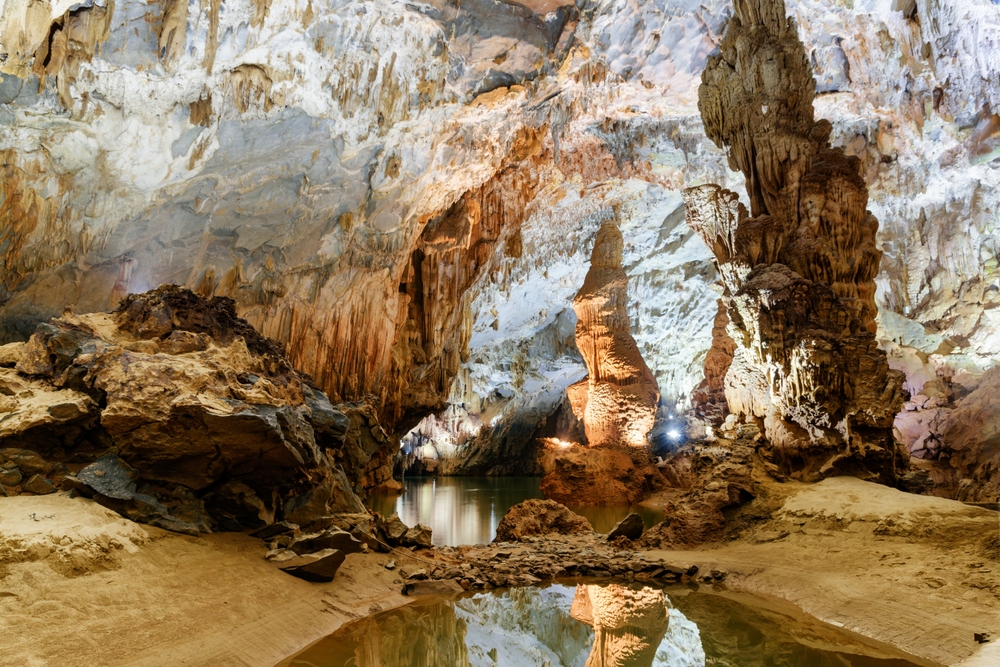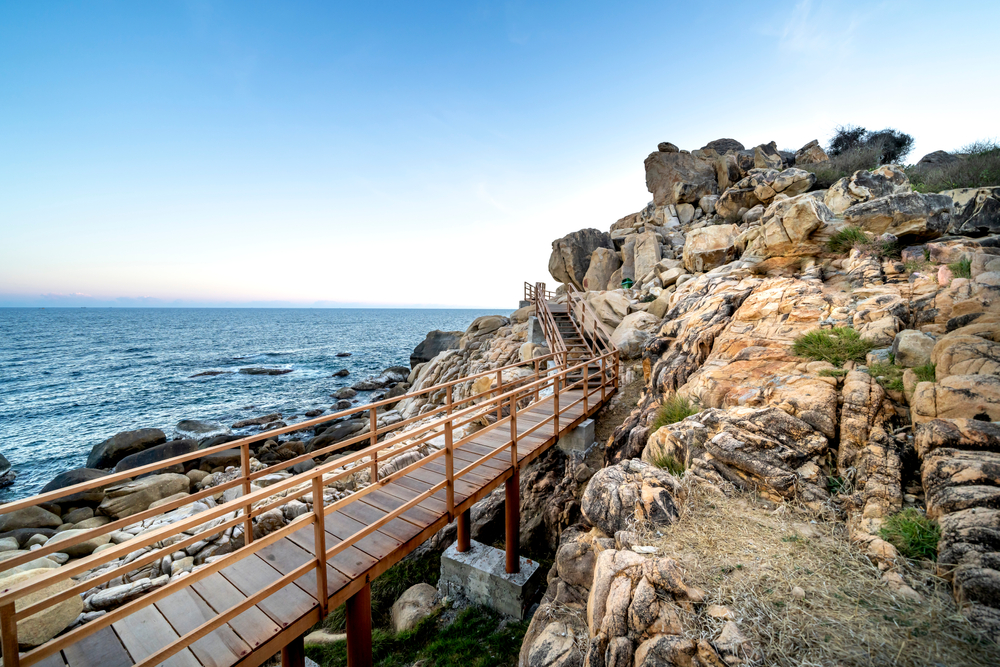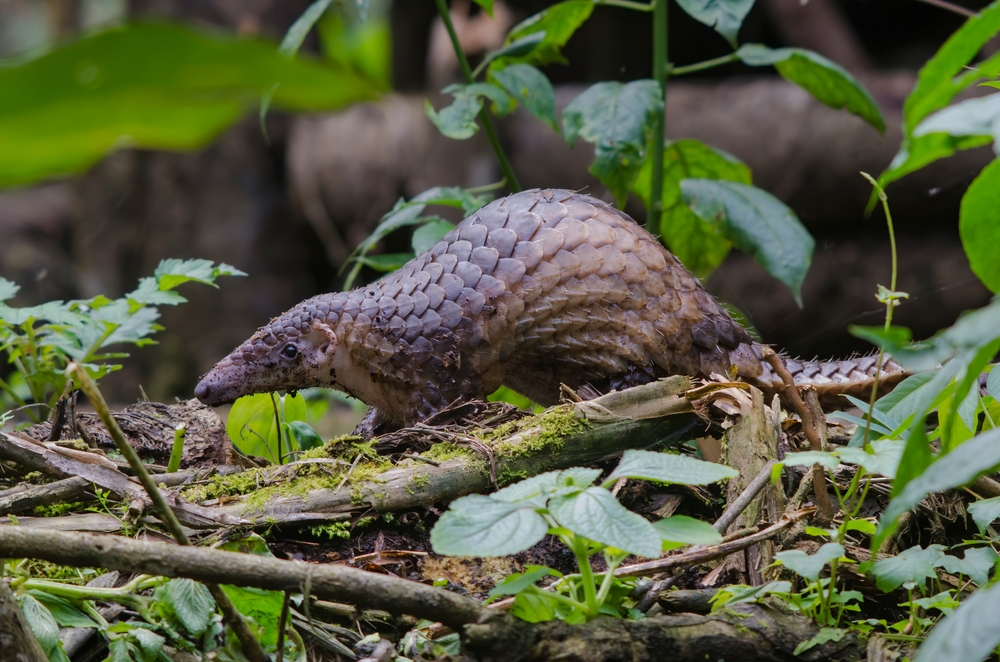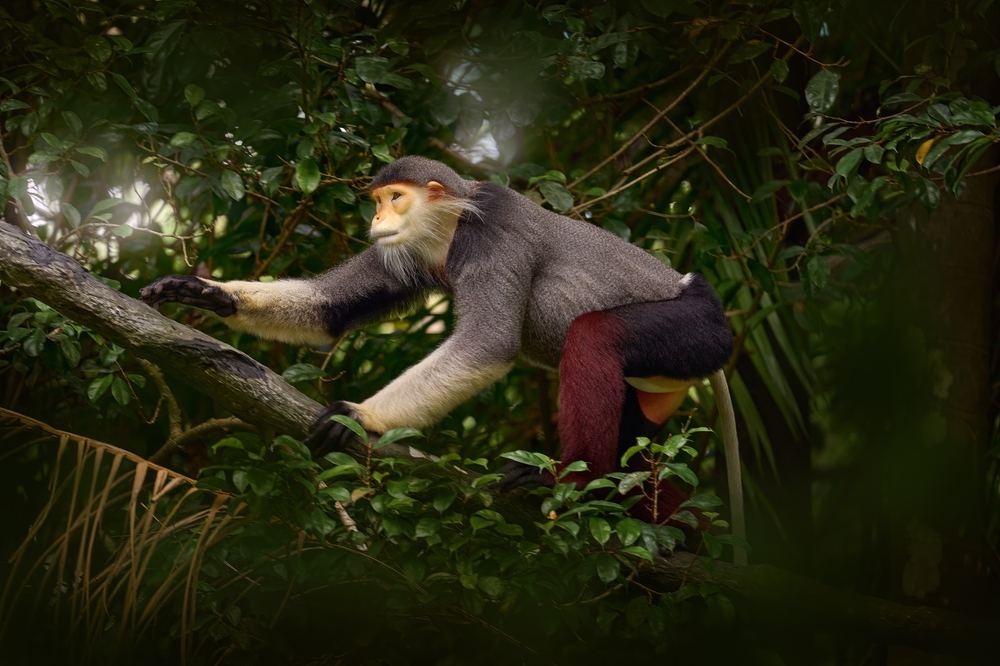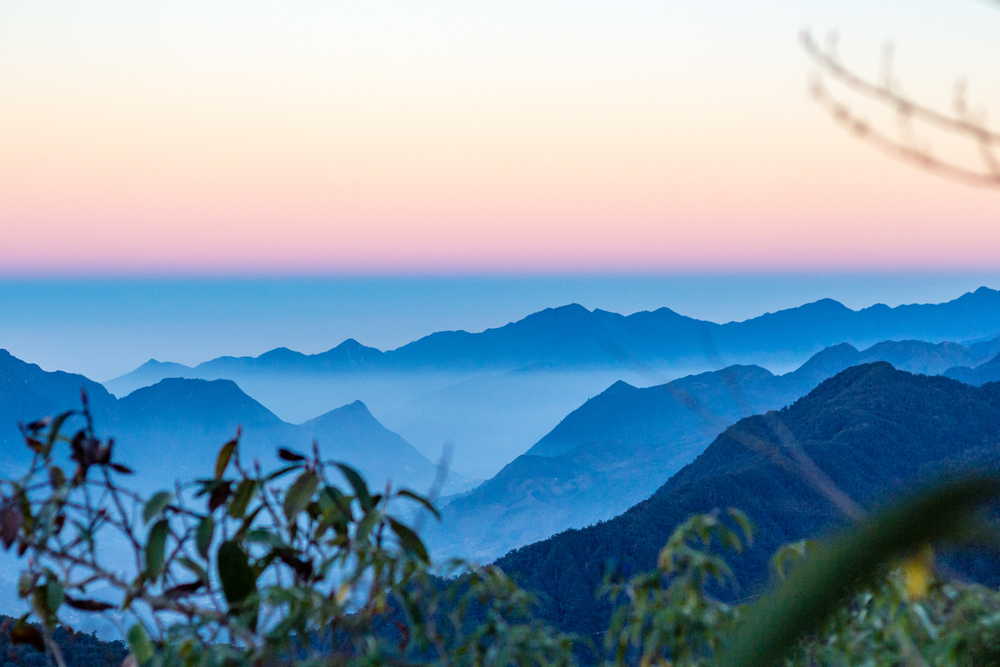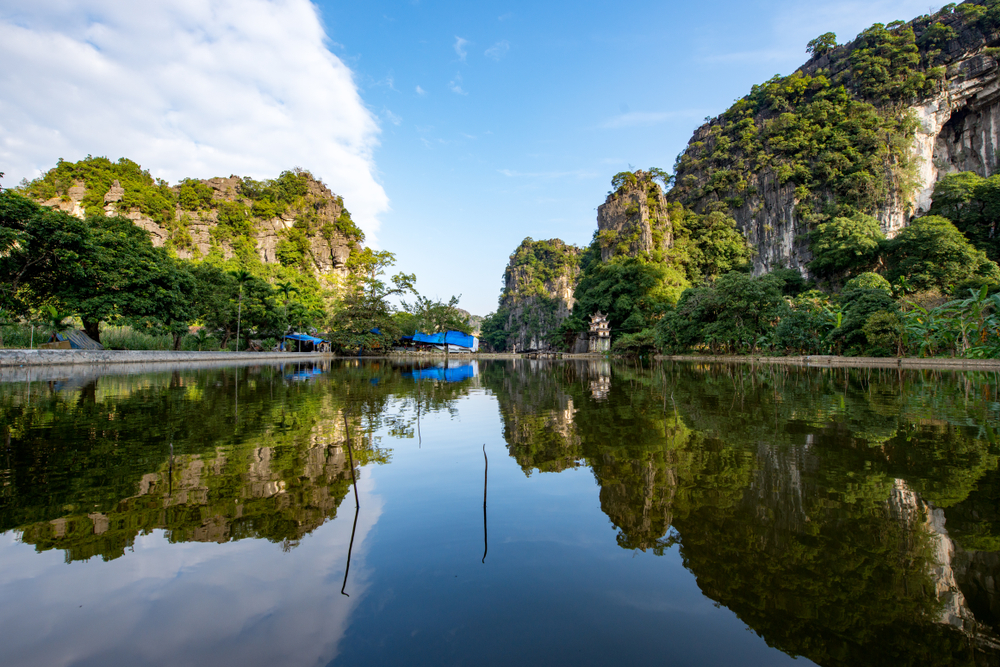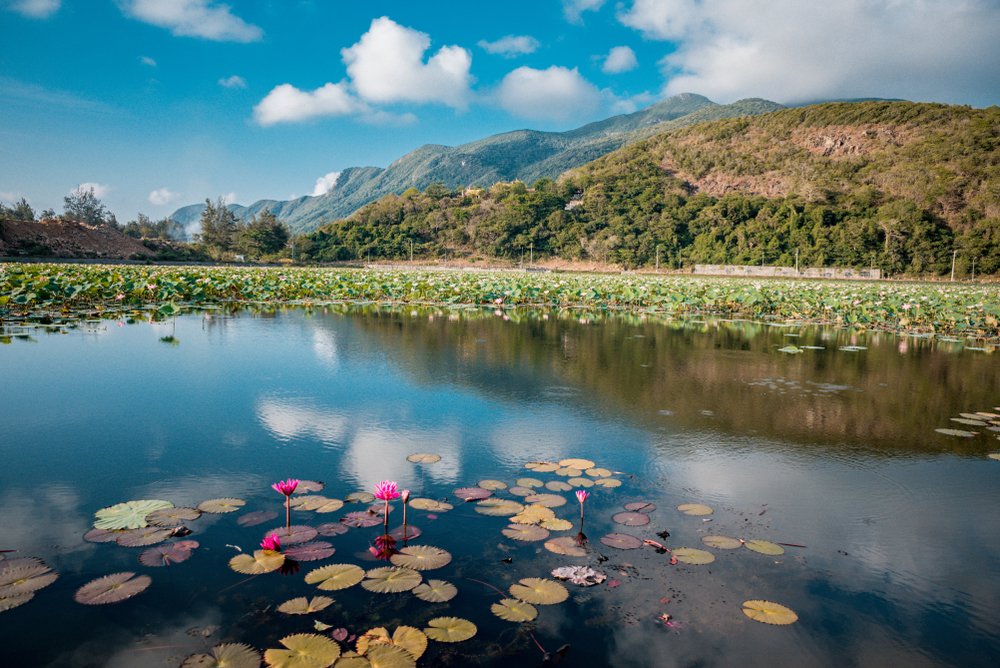Phong Nha – Kẻ Bàng Overview
Phong Nha–Kẻ Bàng National Park, known as Vườn quốc gia Phong Nha-Kẻ Bàng in Vietnamese, is a UNESCO World Heritage Site located in Quảng Bình Province, central Vietnam. The park covers an area of approximately 338.94 square miles (877.62 square kilometers) and is renowned for its remarkable karst landscape, extensive cave systems, and lush biodiversity.
This extraordinary site lies in a tropical forest region near the Annamite Mountains, about 30 miles (50 kilometers) from the provincial capital of Đồng Hới, offering visitors a glimpse into one of the world’s oldest karst formations, estimated to have evolved over 400 million years.
The terrain of Phong Nha–Kẻ Bàng is a mesmerizing blend of rugged limestone peaks, deep valleys, dense jungles, and subterranean wonders. The park’s defining feature is its vast network of caves and underground rivers, with more than 300 caves documented so far.
Among the most famous is Sơn Đoòng Cave, recognized as the world’s largest cave by volume, offering an otherworldly environment complete with its own ecosystems, weather systems, and towering stalagmites. Phong Nha Cave, another significant feature, is easily accessible by boat and showcases dramatic stalactites and an enchanting underground river. The park also boasts pristine waterfalls and rivers, such as the Chày River, enhancing its scenic beauty.
The park’s dense tropical forests are a haven for diverse flora and fauna. Its vegetation is characterized by thick primary forests, bamboo groves, and an abundance of endemic plant species. Wildlife enthusiasts visiting the park might encounter rare mammals such as the saola (also known as the Asian unicorn), the dhole (a wild dog species), and several species of langurs, including the endangered Hatinh langur.
Birdwatchers will be captivated by species like the crested argus, Annam partridge, and several species of hornbills. The caves themselves harbor unique species, including blind fish and bats adapted to the dark subterranean environment.
Phong Nha–Kẻ Bàng is a favorite destination for adventurers and nature lovers. Activities include exploring caves like Sơn Đoòng and Paradise Cave, kayaking along the Chày River, and trekking through its verdant forests. The park also offers zip-lining, swimming, and visits to eco-tourism villages where visitors can engage with local communities and learn about their traditions. The region’s accessibility has been enhanced with guided tours and well-maintained facilities for varying levels of experience.
Conservation efforts at Phong Nha–Kẻ Bàng are both challenges and triumphs. Illegal logging, hunting, and tourism pressures pose ongoing threats, but the park’s management has made strides in tackling these issues. Collaborative efforts between local authorities, international conservation organizations, and local communities have led to improved biodiversity monitoring, anti-poaching patrols, and community-based eco-tourism initiatives. The park’s UNESCO status has also contributed to raising awareness and attracting funding for its preservation, ensuring the long-term protection of this natural treasure.








































































